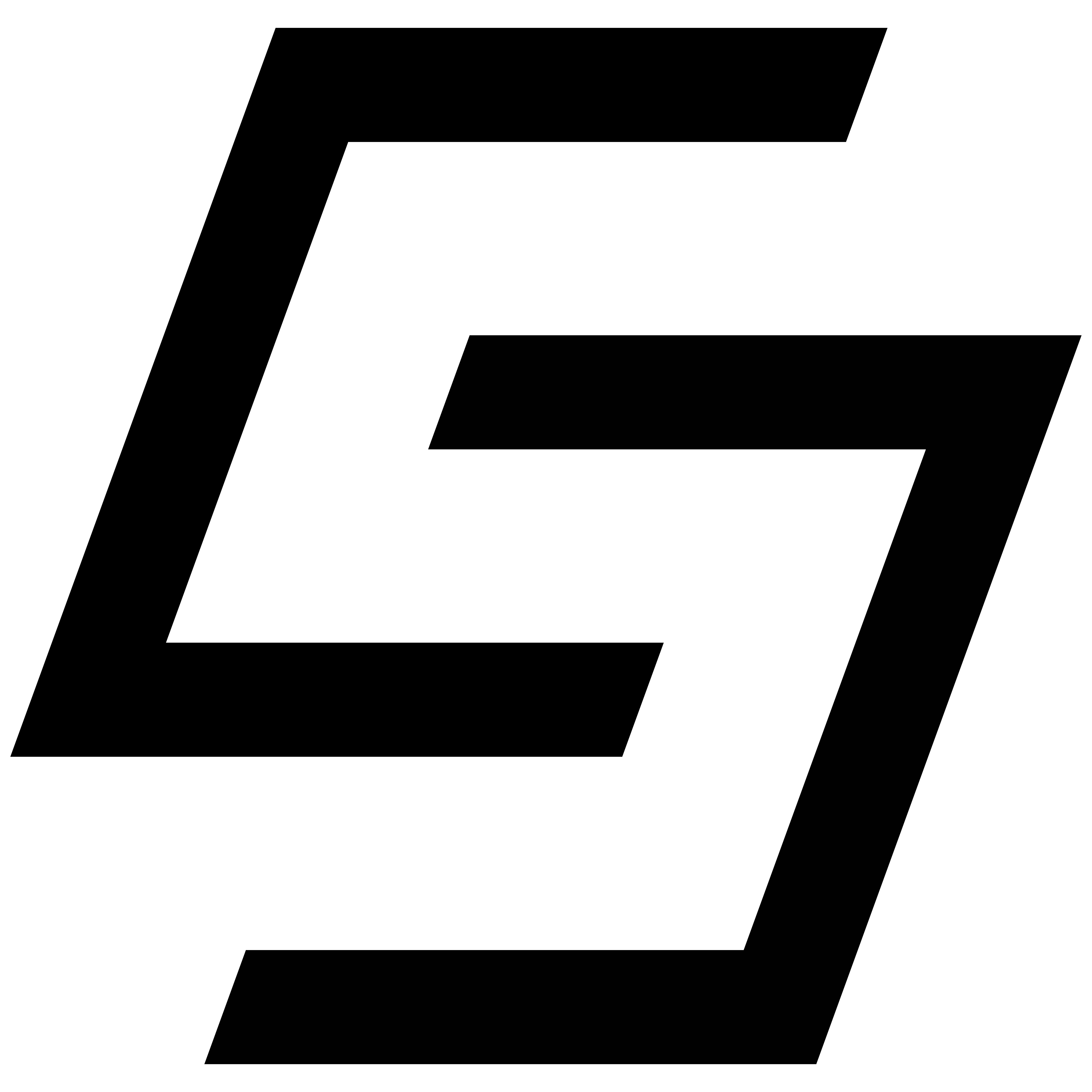In the post The Three Types of Transformation, we discussed refracting as one of the three types of transformation, along with expanding and contracting. You can read the full post here.
Recall, refracting is when you transform something by changing its purpose.
I was in an airport toy store recently, and although it had just a small selection of toys to sell, I noticed several of them made use of refracting.

One toy, called Flexi-Sphere, encourages players to “Fidget like the ancients!” It was packaged as a flat circular mandala of stiff metal wires with beads as joints. The toy can be rearranged to form nine different shapes, including an orb, a pair of orbs attached like an hourglass, a pair of bowls joined at their bottoms, three variations of complex ring patterns, and others. This is a good example of refracting because it allows users to transmogrify a cluster of wires into multiple configurations.

Another series of toys involved “3D Cardboard Model Kits” created by stacking flat cardboard slices. If someone handed you one of the cardboard slices, you wouldn’t know what you were looking at or what its purpose could be. But when you add it to the other cardboard shapes, the cluster forms a mermaid, giraffe, chipmunk, platypus, or other character. 2D-to-3D is a transformation by refracting, showing how flat objects can make objects that have depth.

The toy store also included flip books. Each picture is simple and static. However, when you flip through the series, it creates the illusion of motion.
Looking at the model cardboard kits and then the flip books, my mind naturally connected the two with the following thought experiment.
Let’s say you created a simple flip book of a ball approaching the viewer. On the bottom page of the book (the first image to be seen), the ball might be just a tiny dot. The dot would be slightly larger on the next page, and larger on the subsequent page, and larger and larger until the circular ball filled the whole page. Flipping through the flip book would create the illusion of a round object coming towards you.
Now let’s imagine a new transformation of this flip book. Imagine you cut out each image of the ball from each page. You would start with the tiny dot and end with the large circle that touches the edges of the page. Gluing them on top of each other, you would have a 3D object shaped like cone. The point of the cone would be the diameter of the first image from the flip book.
The progression of the project went from a single image (the bottom page of the flip book), to an image in motion (the flip book), to a series of cutouts (the ball image from each page of the flip book), and finally to a three-dimensional cone. The final object bears hardly any resemblance to the initial image. And yet, the whole transformation was nothing more than a series of refractions.
